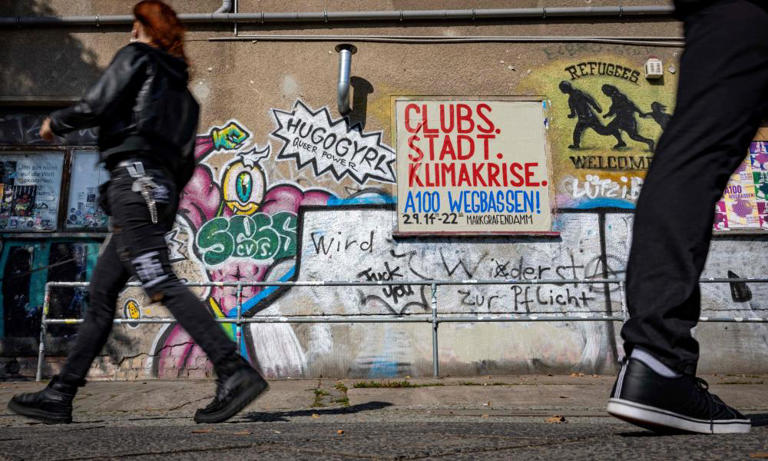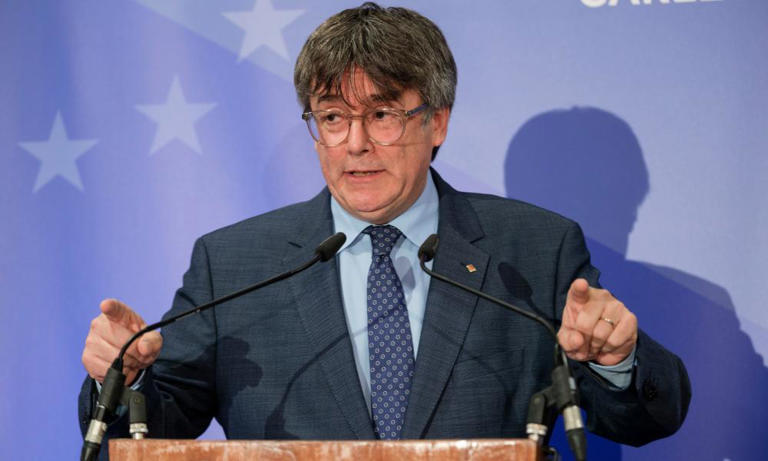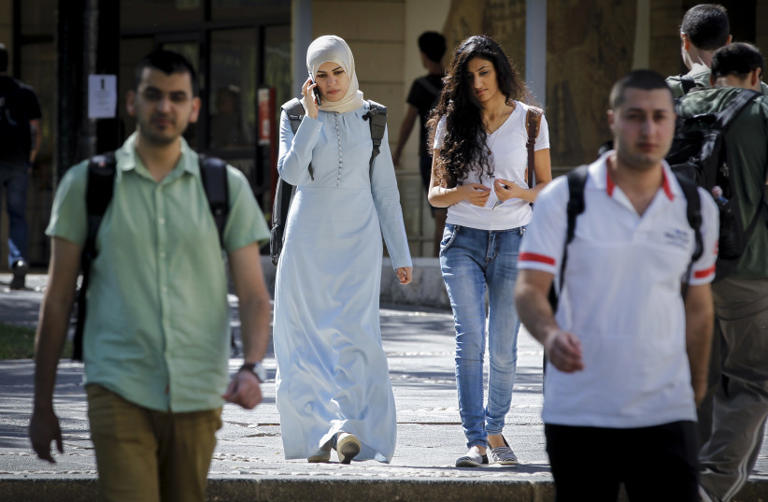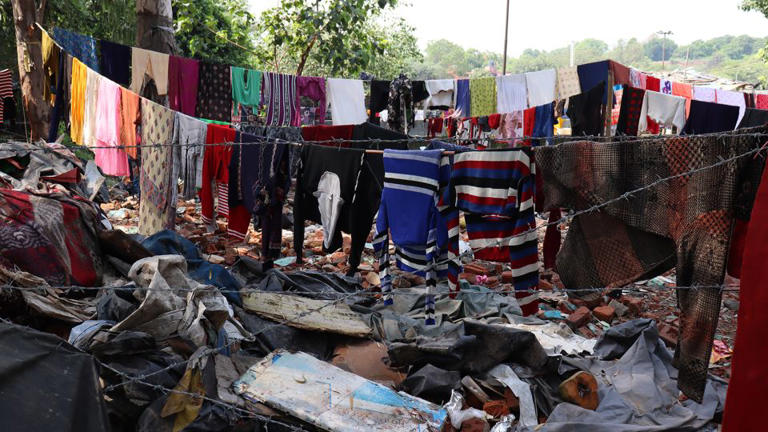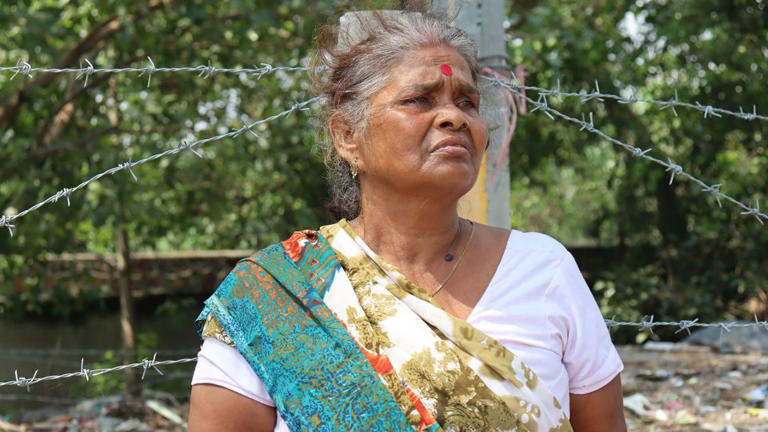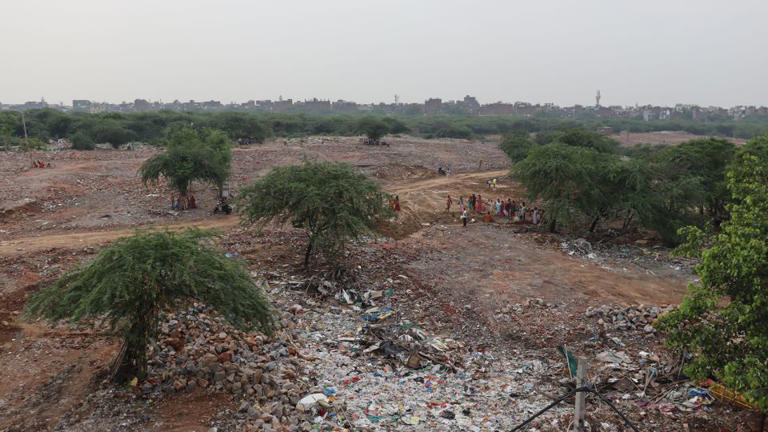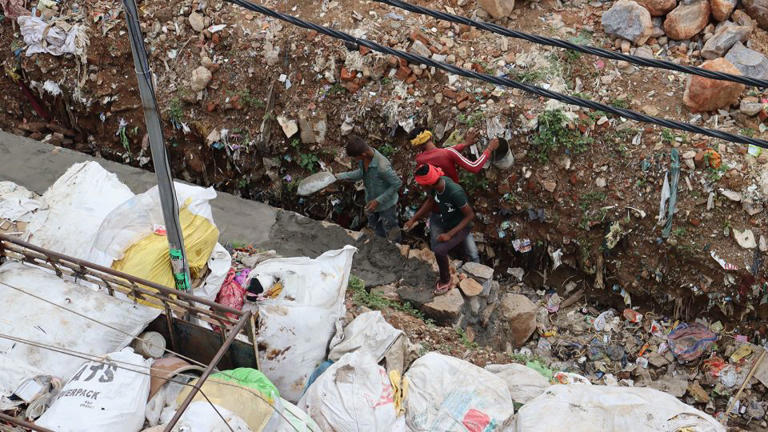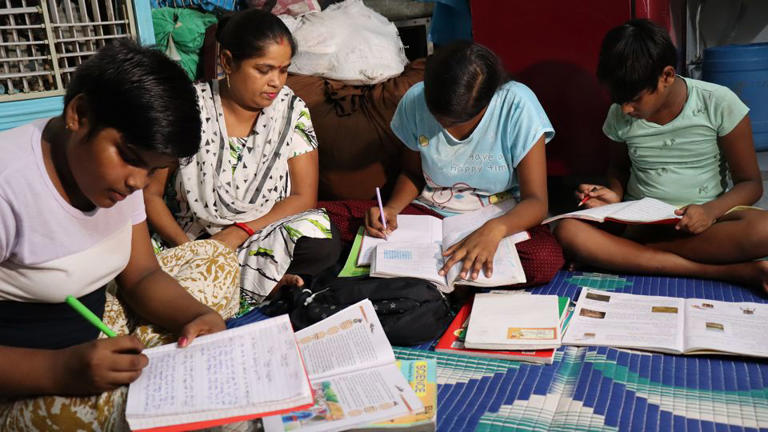CANADA
Industry's shift to EV's is a key issue for bargaining auto workers
Story by The Canadian Press •
Unifor autoworkers at Stellantis, General Motors and Ford are poised to strike over wages, pensions and support for the transition to electric vehicle manufacturing jobs, if necessary.
It’s a moment where workers’ concerns about the future of their jobs have translated to a push for strong investments and national strategies to create secure, well-paying and climate-aligned manufacturing jobs — despite unions historically being defensive of existing jobs and wary of transition, according to one expert.
By 2035, automakers will be legally required to sell only zero-emission vehicles in Canada. Automakers have an opportunity to ride the wave of global EV adoption, and Unifor is determined to ensure its members benefit and aren’t left behind in the transition.
These historic negotiations between autoworkers and the Big Three manufacturers come after a summer of Canadian workers across many sectors exhibited a renewed sense of confidence and flexed their collective power to secure contracts that would have seemed out of reach a few short years ago, said Stephanie Ross, associate professor at McMaster University’s School of Labour Studies.
“They've been willing to take strike votes, go right down to the wire up to strike deadline, and many have been willing to go on strike, even reject tentative agreements that maybe even five years ago would have been considered really excellent but aren't good enough now, and stay on strike in order to improve those agreements,” said Ross. “It's something that we haven't really seen for a long time.”
For example, striking Unifor Metro workers in the Greater Toronto Area rejected their employer’s first tentative agreement. The grocery store workers held out for a better deal and voted to ratify an improved tentative agreement on Aug. 31, ending their month-long strike.
Similarly, B.C. dock workers with the International Longshore and Warehouse Union of Canada (ILWU) rejected a mediated deal on July 28. A few days later, members voted for a tentative agreement, bringing the 13-day strike to an end.
Depending on how negotiations go, Unifor autoworkers could be the next group to hit the picket lines when their contracts expire on Sept. 18.
For Unifor, the switch to EV manufacturing represents both opportunity and risk for its members: Unifor wants investments and commitments from employers to protect jobs through the EV transition. The union says there is an opportunity to create even more good jobs by developing a domestic strategy to produce all the components needed to manufacture EVs.
“Every sector's relationship to the carbon economy is different,” said Ross, noting for some sectors, like oil and gas, for example, it “will be much more difficult for them to align their members’ interests in job security and the sustainability of their jobs with our broader climate goals to reduce our carbon emissions.”
But now, the turn to EVs means Unifor and the U.S.-based United Auto Workers union can fight for jobs that are more consistent with an economic future that is one piece of addressing climate change, said Ross.
“Those unions are not having to choose between jobs and the environment in a way that they have had to historically,” said Ross, pointing out that investments in North American production also reduce the threat of jobs being moved overseas and allow unions to be “a little more forceful in their negotiations.”
Related video: EV Product Margin Will Be Slightly Better Than ICE Vehicles: Endurance Technologies | CNBC TV18 (CNBCTV18) Duration 11:05 View on Watch
Ross added previous collective agreements in the auto sector have involved compromises — some might say concessions — on the part of the union in order to preserve jobs.
Another big factor is that for the first time in more than 20 years, the two unions are negotiating collective agreements with the Big Three automakers at the same time — Unifor’s contracts expire on Sept. 18 and UAW’s on Sept. 14.
This provides a “moment for co-ordinated pressure on those employers that we haven't seen in quite a long time,” with both those unions signalling they are willing to strike in the sector in order to get historic deals, she said. Unifor members at Stellantis, Ford and General Motors all delivered strong strike mandates ranging from 98 to 99 per cent, and UAW members also put up numbers in the high 90s.
Last fall, 55,000 Ontario education workers went on strike, and Doug Ford’s Progressive Conservative government attempted to legislate them back to work. In April, Canada’s largest federal public service union hit the picket lines over issues including wage increases, overtime and remote work.
“There's something going on,” said Ross, pointing to actions by smaller groups of workers “who don’t really have a history of militancy or being very assertive in their bargaining” like the Brock University Faculty Association or TVO journalists and educators, who are currently striking for the first time.
At the height of the COVID-19 pandemic, unions were on their back foot, but now there’s a window of opportunity for workers and unions, said Ross.
“Inflation has really skyrocketed to levels that we haven't seen since the early 1980s,” and unemployment is quite low compared to the last three or four decades, both of which create the conditions for a surge in labour activity, said Ross.
A Canadian Centre for Policy Alternatives analysis published in January examined who is profiting from inflation and found high prices alone sent $72 billion more to the corporate sector in the third quarter of 2022 compared to the third quarter of 2020. At the same time, only $656 million went towards increased compensation for workers, the report found.
As corporations continue to rake in “eye-popping” profits, “workers are finally recognizing that they can stand up and demand more, and they’re getting more,” said Bea Bruske, president of the Canadian Labour Congress, in an interview with Canada’s National Observer ahead of Labour Day.
With more than 50 affiliate unions and three million members, the Canadian Labour Congress is Canada’s largest labour organization. At its tri-annual convention in May, a majority of delegates voted — with some dissent — to adopt a climate plan focused on delivering an equitable energy transition.
“I can tell you that workers are very worried about the future of their jobs, they're very worried about the future of their communities,” said Bruske, pointing to the wildfires devastating B.C.’s Interior and the Northwest Territories.
“We've had floods, we've had fires … and when those events happen, people leave behind literally everything, including their jobs, including their ability to actually earn a living,” said Bruske.
This reality, she says, is “really focusing workers' attention to climate change” as something that's tangible that we need to deal with now. But at the same time, particularly in smaller resource-based communities, workers are worried they will be left behind, Bruske added.
The CLC’s climate plan doesn’t force its affiliates to take action; that’s up to individual unions. It does, however, set the organization’s direction for the next three years and includes high-level actions the CLC will take. Shaping the federal government’s sustainable jobs legislation is central to the CLC’s plan. The long-awaited legislation was tabled in June but still has to make its way through the House of Commons and the Senate.
“It's going to be incredibly important to us to make sure that we have at least a third of the seats on the sustainable jobs partnership council,” said Bruske. Once the legislation receives royal assent, this permanent advisory body Bruske referenced will be created to provide input on an ongoing basis.
Natasha Bulowski, Local Journalism Initiative Reporter, Canada's National Observer


